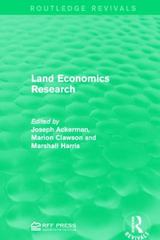Answered step by step
Verified Expert Solution
Question
1 Approved Answer
In a competitive labor market there are three types of workers present in equal proportions, whose productivities and reservation utilities are (a1, 1) = (1,
In a competitive labor market there are three types of workers present in equal proportions, whose productivities and reservation utilities are (a1, 1) = (1, 1/2), (a2, U2) = (2, 1) and (, U) = (3, 22/10) respectively. A worker's productivity is his private information. Before entering the market each worker chooses his level of education, which is observed by the firms. The cost of acquiring a level of education y for a worker of type i is equal to Ci (y) = y/a;. The (expected) revenue for a firm is equal to the productivity of its labor force, i.e. X L1, L2, L3) = a1L1 + a212 + a3L3, where Li is the number of workers of type i employed by the firm (Hint: What does this tell us about the payments of workers in this competitive labor market?) i. Determine whether there is a fully separating equilibrium, i.e. an equilibrium in which each type chooses a different level of education, and if so identify among these equlibria the most favorable to the workers. (Hint: start by arguing that y1 = 0, and find the levels of education 0 < 2 < that will form an equilibrium. Make explicit the beliefs of the firm.) ii. Find, if possible, a semi-separating equilibrium in which y1 = Y2 = 0, and y > 0, i.e. in which the firm treats differently only the type 3 workers. Compute the most favorable such equilibrium for the workers of type 3. Write explicitly the beliefs of the company. Compare the workers' utilities with those of part (i)
Step by Step Solution
There are 3 Steps involved in it
Step: 1

Get Instant Access to Expert-Tailored Solutions
See step-by-step solutions with expert insights and AI powered tools for academic success
Step: 2

Step: 3

Ace Your Homework with AI
Get the answers you need in no time with our AI-driven, step-by-step assistance
Get Started


